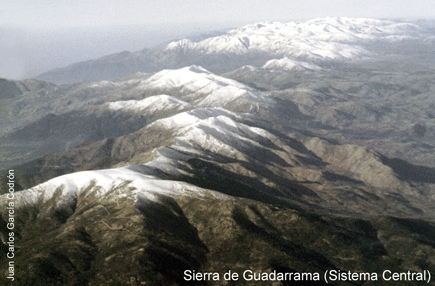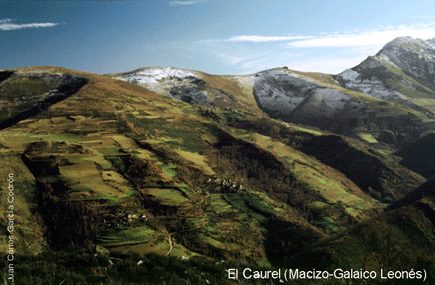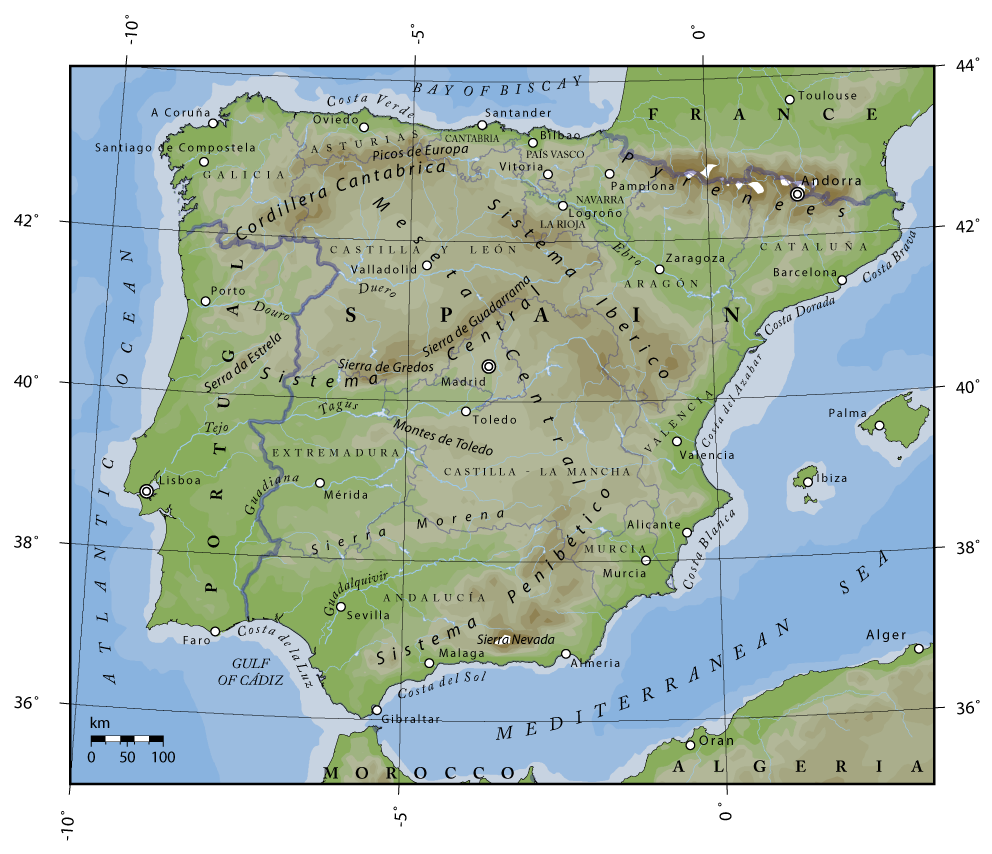If your password does not work let me know.
By the way, You have to read the books before doing the quiz. I saw that some of you are already cheating. SAD
Tuesday, 25 June 2013
Friday, 12 April 2013
My book is Published!!!!!!
It is for children.
It is written in Spanish and English .
Children have to ilustrate it with their own pictures.
They have the opportunity to express their emotions through their pictures.
It is full of values that are not very common nowadays.
I hope you like it.
Mrs. Hoskins.
It is for children.
It is written in Spanish and English .
Children have to ilustrate it with their own pictures.
They have the opportunity to express their emotions through their pictures.
It is full of values that are not very common nowadays.
I hope you like it.
Mrs. Hoskins.
Here is the link where you could buy it.
Monday, 1 April 2013
Our rabbits!!!
there we go! This is not where they are going to live.
We have just finished building their new place.
New videos next week.
there we go! This is not where they are going to live.
We have just finished building their new place.
New videos next week.
Thursday, 7 March 2013
mountains
RELIEF OF SPAIN.
Los Pirineos.
The Pyrenees (pron.: /ˈpɪərɨniːz/; Spanish: Pirineos or Pirineo, French: Pyrénées, Catalan: Pirineus, Occitan: Pirenèus, Aragonese: Perinés,Basque: Pirinioak or Auñamendiak), also spelled Pyrénées, is a range of mountains in southwest Europe that forms a natural borderbetween France and Spain. It separates the Iberian Peninsula from the rest of continental Europe, and extends for about 491 km (305 mi) from the Bay of Biscay (Cap Higuer) to the Mediterranean (Cap de Creus).
Cordillera Cantábrica.
The Cantabrian Mountains (Cordillera Cantábrica in Spanish) is a mountain chain extending approximately 300 km across northern Spain, moving almost parallel to the Bay of Biscay. They run from the western limit of the Pyrenees, as far as the pass of Leitariegos, to the borders of Galicia, limited by the valley of the river Miño, and several smaller rivers. They move nearly parallel to the coast of the Bay of Biscay.
Geologically the range can be divided into three sections:
The Iberian Chain or system
The Sistema Ibérico or Iberian System is one of the main systems of mountain ranges inSpain. It is a vast and complex system of mountain chains and massifs located in the central regions of the Iberian Peninsula, but reaching almost the Mediterranean coast in the Land of Valencia in the east.
Sistema Central
The Sistema Central is a primary feature of the Meseta Central, the inner Iberian plateau, splitting the meseta into two parts. The Sistema Central runs in a ENE - WSW direction roughly along the southern border of the Spanish autonomous community of Castile and León and Extremaduracontinuing into the Guarda and Castelo Branco districts in Portugal.
Unlike the Sistema Ibérico, the Sistema Central range is a quite homogeneous system. It consists of several ranges that formed 25 million years ago as part of the Alpine orogeny.
The major mountain ranges are the Sierra de Guadarrama, which runs approximately along the border of the Madrid and Castile and León autonomous communities, the Sierra de Gredos north of the border between Castile and León and Castile-La Mancha stretching into Extremadura and containing the range's highest mountain, Pico Almanzor, at 2,592 m, as well as the Serra da Estrela, containing the highest point in continental Portugal, A Torre, 1.993 m
Montes de Toledo
They are located in the central regions of the Iberian Peninsula, cutting transversally from east to west across the lower portion of the Meseta Central. They also form one of the natural limits of the historical La Mancha region in Castile-La Mancha.
The length of the Montes de Toledo is 350 km and their maximum width up to 100 km near Sonseca and Puertollano. The highest peak is La Villuerca, 1,603 m located in Sierra de Villuercas subrange, also known as Sierra de Guadalupe, Las Villuercas, in the province of Cáceres. Other subranges are: Sierra de Altamira, Sierra de Montánchez, Sierra de San Mamede and Sierra de San Pedro. The geological formation of this range is similar to the Sierra Morena range further south.
There is also a comarca in the Toledo Province known as Montes de Toledo. Despite its name this comarca only includes a small part of the range.
Montes de León
The Montes de León (Spanish for "mountains of León", named after the ancient Kingdom of León) is a mountain range in north-westernSpain, in the province of León. This range is located at the confluence of the Cantabrian Mountains and the Macizo Galaico. The summits of the range are often covered with snow in the winter.
The highest peak is Teleno, at 2,188 metres (7,178 ft). Other important summits are Cabeza de la Yegua 2,142 metres (7,028 ft), Peña Trevinca 2,124 metres (6,969 ft) and Vizcodillo 2,121 metres (6,959 ft).
The Sierra de la Cabrera is a subrange of the Montes de León.
Cordillera Litoral Catalana
The Catalan Mediterranean System, also known as Mediterranean System, Transversal Ibero-Pyrenaean System and Catalanid System[1]is a wide coastal geographical region in Catalonia. It is made up of a double system of coastal mountain chains: The Catalan Coastal Range and the Catalan Pre-Coastal Range, as well as the Catalan Coastal Depression and other coastal and pre-coastal plains located among those mountain ranges.
Los Pirineos.
The Pyrenees (pron.: /ˈpɪərɨniːz/; Spanish: Pirineos or Pirineo, French: Pyrénées, Catalan: Pirineus, Occitan: Pirenèus, Aragonese: Perinés,Basque: Pirinioak or Auñamendiak), also spelled Pyrénées, is a range of mountains in southwest Europe that forms a natural borderbetween France and Spain. It separates the Iberian Peninsula from the rest of continental Europe, and extends for about 491 km (305 mi) from the Bay of Biscay (Cap Higuer) to the Mediterranean (Cap de Creus).
Sistemas Béticos
The Baetic System (Spanish: Sistema Bético) is the main (together with the Pyrenees) system of mountain ranges in Spain. Located in southern and eastern Spain, it is also known as the Baetic Cordillera, Baetic Ranges or Baetic Mountains. The name of the mountain system derives from the ancient Roman region of Baetica, one of the Imperial Roman provinces of the Iberian Peninsula.
The Baetic System is made up of multiple mountain ranges that reach from western Andalusia to Murcia and Valencia. Generally the mountain ranges that are part of this system are aligned in a southwest-northeast direction.[1] The most well-known range of the Baetic System is the Sierra Nevada, where the Mulhacén, the highest mountain in continental Spain and in the Iberian Peninsula is found.
The Cantabrian Mountains (Cordillera Cantábrica in Spanish) is a mountain chain extending approximately 300 km across northern Spain, moving almost parallel to the Bay of Biscay. They run from the western limit of the Pyrenees, as far as the pass of Leitariegos, to the borders of Galicia, limited by the valley of the river Miño, and several smaller rivers. They move nearly parallel to the coast of the Bay of Biscay.
Geologically the range can be divided into three sections:
Macizo asturiano . (Asturian Mountains)
Las Montañas de Cantabria With Picos de Europa
Los Montes Vascos. (Basque Mountains)
Las Montañas de Cantabria With Picos de Europa
Los Montes Vascos. (Basque Mountains)
The Iberian Chain or system
The Sistema Ibérico or Iberian System is one of the main systems of mountain ranges inSpain. It is a vast and complex system of mountain chains and massifs located in the central regions of the Iberian Peninsula, but reaching almost the Mediterranean coast in the Land of Valencia in the east.
Sierra Morena
Sierra Morena (syāˈrä mōrāˈnä) [key], mountain range, SW Spain, extending c.375 mi (600 km) eastward along the southern edge of the Meseta (central plateau) from the Portuguese border to the Sierra de Alcaraz. Its highest peak is Bañuelo (c.4,340 ft/1,320 m). Partly forested with oak and chestnut trees, the range is also rich in a great variety of minerals, including copper, lead, and coal. The Sierra Morena is crossed by highways and railroads built to take the minerals out of the region. The Despeñaperros Pass is the main route through the mountains, linking Castile and Andalusia.
Sierra Morena (syāˈrä mōrāˈnä) [key], mountain range, SW Spain, extending c.375 mi (600 km) eastward along the southern edge of the Meseta (central plateau) from the Portuguese border to the Sierra de Alcaraz. Its highest peak is Bañuelo (c.4,340 ft/1,320 m). Partly forested with oak and chestnut trees, the range is also rich in a great variety of minerals, including copper, lead, and coal. The Sierra Morena is crossed by highways and railroads built to take the minerals out of the region. The Despeñaperros Pass is the main route through the mountains, linking Castile and Andalusia.
Sistema Central
The Sistema Central is a primary feature of the Meseta Central, the inner Iberian plateau, splitting the meseta into two parts. The Sistema Central runs in a ENE - WSW direction roughly along the southern border of the Spanish autonomous community of Castile and León and Extremaduracontinuing into the Guarda and Castelo Branco districts in Portugal.
Unlike the Sistema Ibérico, the Sistema Central range is a quite homogeneous system. It consists of several ranges that formed 25 million years ago as part of the Alpine orogeny.
The major mountain ranges are the Sierra de Guadarrama, which runs approximately along the border of the Madrid and Castile and León autonomous communities, the Sierra de Gredos north of the border between Castile and León and Castile-La Mancha stretching into Extremadura and containing the range's highest mountain, Pico Almanzor, at 2,592 m, as well as the Serra da Estrela, containing the highest point in continental Portugal, A Torre, 1.993 m
They are located in the central regions of the Iberian Peninsula, cutting transversally from east to west across the lower portion of the Meseta Central. They also form one of the natural limits of the historical La Mancha region in Castile-La Mancha.
The length of the Montes de Toledo is 350 km and their maximum width up to 100 km near Sonseca and Puertollano. The highest peak is La Villuerca, 1,603 m located in Sierra de Villuercas subrange, also known as Sierra de Guadalupe, Las Villuercas, in the province of Cáceres. Other subranges are: Sierra de Altamira, Sierra de Montánchez, Sierra de San Mamede and Sierra de San Pedro. The geological formation of this range is similar to the Sierra Morena range further south.
There is also a comarca in the Toledo Province known as Montes de Toledo. Despite its name this comarca only includes a small part of the range.
Montes de León
The Montes de León (Spanish for "mountains of León", named after the ancient Kingdom of León) is a mountain range in north-westernSpain, in the province of León. This range is located at the confluence of the Cantabrian Mountains and the Macizo Galaico. The summits of the range are often covered with snow in the winter.
The highest peak is Teleno, at 2,188 metres (7,178 ft). Other important summits are Cabeza de la Yegua 2,142 metres (7,028 ft), Peña Trevinca 2,124 metres (6,969 ft) and Vizcodillo 2,121 metres (6,959 ft).
The Sierra de la Cabrera is a subrange of the Montes de León.
Macizo Galaico.
Galicia is quite mountainous, a fact which has contributed to isolate the rural areas, hampering communications, most notably in the inland. The main mountain range is the Macizo Galaico (Serra do Eixe, Serra da Lastra, Serra do Courel), also known as Macizo Galaico-Leonés, located in the eastern parts, bordering with Castile and León. Noteworthy mountain ranges are O Xistral (northern Lugo), the Serra dos Ancares (on the border with León and Asturias), O Courel (on the border with León), O Eixe (the border between Ourense and Zamora), Serra de Queixa (in the center of Ourense province), O Faro (the border between Lugo and Pontevedra), Cova da Serpe (border of Lugo and A Coruña), Montemaior (A Coruña), Montes do Testeiro, Serra do Suído, and Faro de Avión (between Pontevedra and Ourense); and, to the south, A Peneda, O Xurés and O Larouco, all on the border of Ourense and Portugal.
Galicia is quite mountainous, a fact which has contributed to isolate the rural areas, hampering communications, most notably in the inland. The main mountain range is the Macizo Galaico (Serra do Eixe, Serra da Lastra, Serra do Courel), also known as Macizo Galaico-Leonés, located in the eastern parts, bordering with Castile and León. Noteworthy mountain ranges are O Xistral (northern Lugo), the Serra dos Ancares (on the border with León and Asturias), O Courel (on the border with León), O Eixe (the border between Ourense and Zamora), Serra de Queixa (in the center of Ourense province), O Faro (the border between Lugo and Pontevedra), Cova da Serpe (border of Lugo and A Coruña), Montemaior (A Coruña), Montes do Testeiro, Serra do Suído, and Faro de Avión (between Pontevedra and Ourense); and, to the south, A Peneda, O Xurés and O Larouco, all on the border of Ourense and Portugal.
Cordillera Litoral Catalana
The Catalan Mediterranean System, also known as Mediterranean System, Transversal Ibero-Pyrenaean System and Catalanid System[1]is a wide coastal geographical region in Catalonia. It is made up of a double system of coastal mountain chains: The Catalan Coastal Range and the Catalan Pre-Coastal Range, as well as the Catalan Coastal Depression and other coastal and pre-coastal plains located among those mountain ranges.
Thursday, 28 February 2013
New topic. Spain.
SPAIN.
LEARNING THROUGH GAMES .
COMUNIDADES AUTÓNOMAS.
COMUNIDADES AUTÓNOMAS
PROVINCIAS
PROVINCIAS
PROVINCIAS
LEARNING THROUGH GAMES .
COMUNIDADES AUTÓNOMAS.
COMUNIDADES AUTÓNOMAS
PROVINCIAS
PROVINCIAS
PROVINCIAS
Monday, 18 February 2013
Tuesday, 12 February 2013
Monday, 4 February 2013
Thursday, 31 January 2013
Tuesday, 22 January 2013
Thursday, 17 January 2013
Tuesday, 8 January 2013
OTHER STARS BIGGER THAN OUR SUN
Don´t you think so?
Subscribe to:
Comments (Atom)













